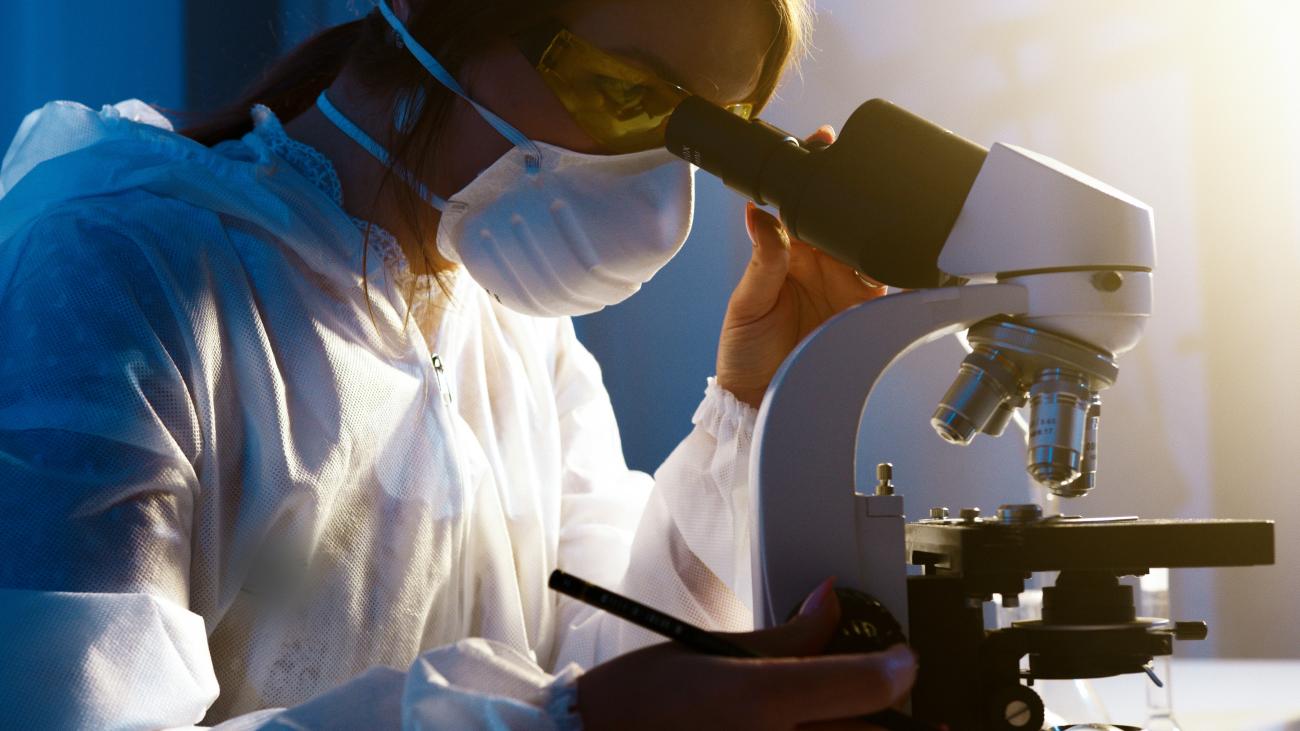Database providing access to the High Technology Network's industrial research offering: research competences, type of analyses and tests available at the Laboratories. Companies can consult the Catalogue to find Laboratories and researchers that match their needs.
Competence
Acoustic methods for solid food texture evaluation (cheese, watermelon, pasta, etc.)
Acquisition and pre-processing of signals for model identification
Analysis of contaminants and allergens in raw materials and finished products, flavour analysis, analysis of simple and complex carbohydrates
Analytical methods for detection of allergens of vegetal origin and hidden allergens in food products
Analytical methods for detection of microbial contamination in food (bacteria, viruses, moulds, yeasts)
Analytical methods for the detection of nanoparticles (metal nanoparticles, nanofibres and nanocapsules) in raw materials and finished products
Analytical methods for the evaluation of the effects of industrial processing on nutritional value of foods
Carbon-based materials (graphene oxides, TPG, etc.)
Ceramic materials (oxides, nitrides, carbides, etc.)
Ceramic matrix composites and nanocomposites
Characterization of soluble fibre in functional food
Colour analysis with destroing and non-destroying techniques
Continuous-time and discrete-time mathematical modeling of systems and processes
Corrosion: protection and inhibition
Cosmetics
Discrete events mathematical modeling of systems and processes
Elastomers
Extraction and analytical methods for nutrients and functional elements
Fast and non-destructive spectroscopic methods and chemometrics for food quality evaluation
Finite element simulation (FEM)
Food decontamination and enzyme deactivation: high pressure homogenization, gas-plasma, pulsed electric fields
Food safety: analytical methods to evaluate the occurrence of toxic natural substances, process and environmental contaminanst
Formal languages for systems modeling (Unified Modeling Language-UML and SysML-System Modeling Language)
Glass and glass-ceramic materials
High resolution and solid phase nuclear magnetic resonance to assess food composition
Identification of models and parameters estimation
Infinite-dimensional mathematical modeling of systems
Magnetic materials both bulk and nano
Magnetorheological fluids
Materials of natural origin and derived (wood, paper, cellulose, fibers, etc.)
Materials with self-diagnostic and self-healing properties
Metal matrix composites and nanocomposites
Metals: ferrous alloys (steel, cast iron)
Metals: non-ferrous alloys (aluminum, copper, nickel, titanium, magnesium, etc.)
Micro-nano materials functionalized
Modeling of the collision of bodies in mechanical systems
Nanomaterials (filler, graphene, etc.)
Non-parametric modeling (neural networks, etc.)
OGM detection in food
Paintings

